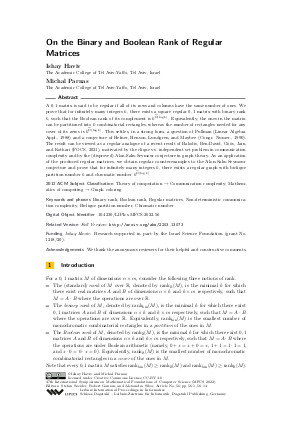LIPIcs.MFCS.2022.56.pdf
- Filesize: 0.62 MB
- 14 pages

 Creative Commons Attribution 4.0 International license
Creative Commons Attribution 4.0 International license
































Feedback for Dagstuhl Publishing